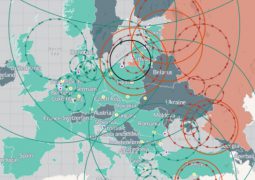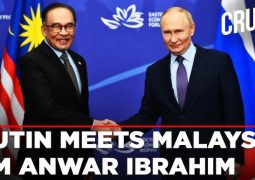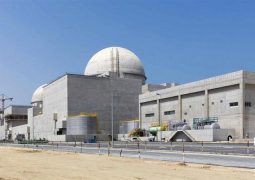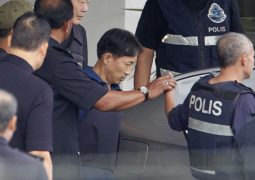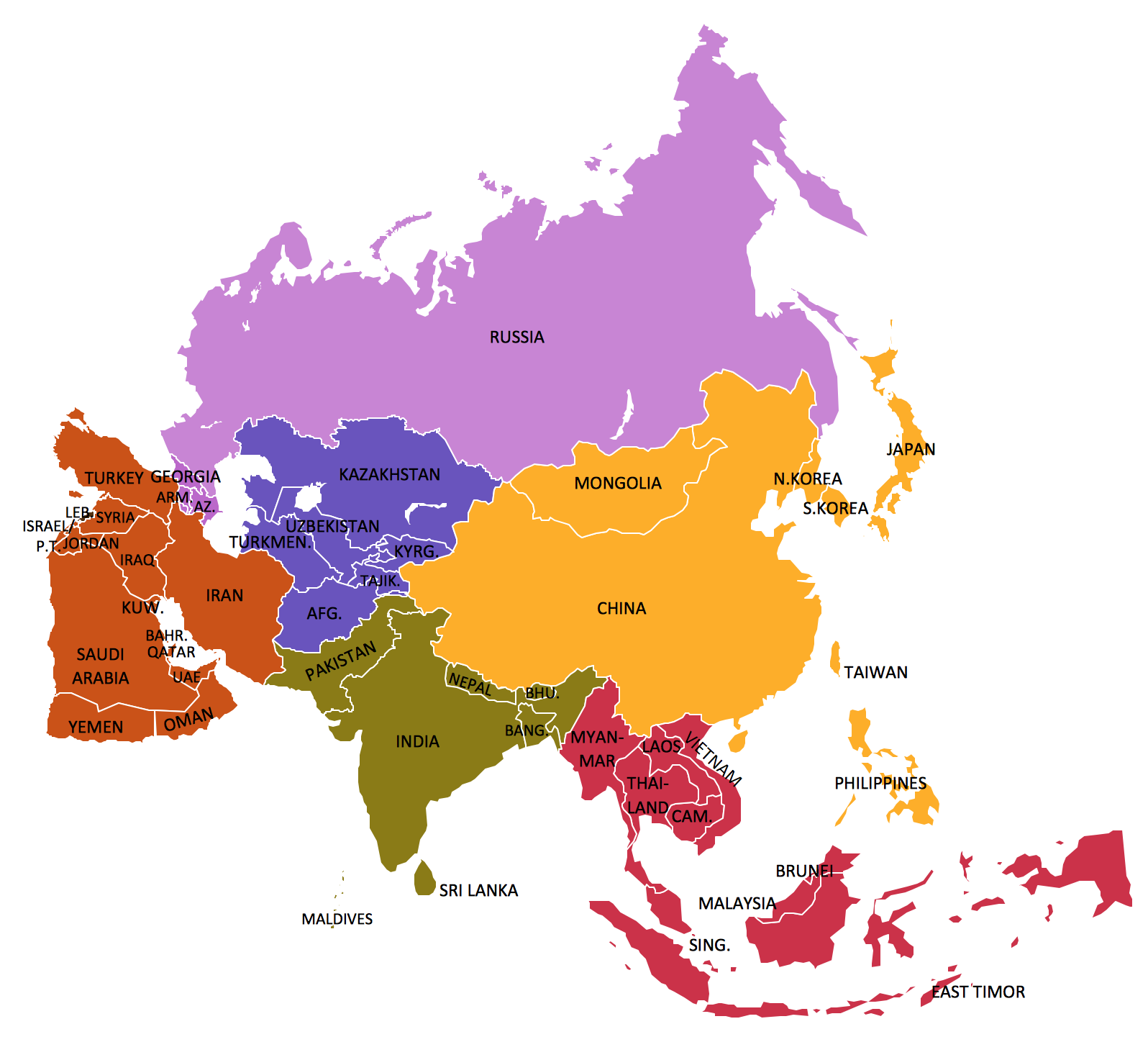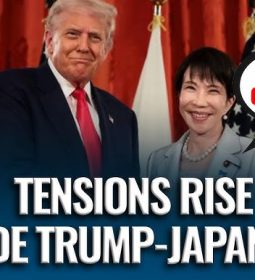When a Word Said means promise kept: Seoul poins to US at Russia-China’s growing intercation in Deterence
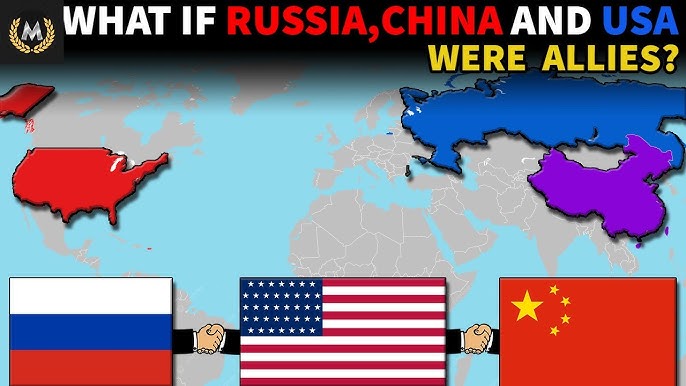
China and Russia’s growing military-technical cooperation aims to preserve strategic stability, but it could have the opposite effect.
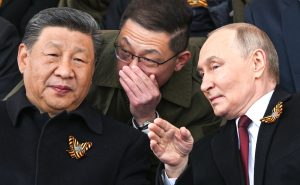
The leaders did not specify the exact ways of this practical cooperation. A scrutiny of Sino-Russian military cooperation in recent years, however, reveals that there are several military-technical cooperation channels and projects — trade of arms and dual-use items, missile defense, submarine and helicopter development — that could be strengthened following their proclaimed effort to deepen cooperation. Advances in these areas have the potential to significantly alter the balance of capabilities in the U.S.-China-Russia strategic triangle.
Sino-Russian Military-Technical Cooperation: An Elusive Framework
China and Russia reject the idea of formal military alliances and refer to each other as strategic partners instead. Nevertheless, they still share a military partnership that relies on institutionalized interactions.
At the highest level, Xi and Putin often issue joint statements that form the guiding principles of military cooperation. At the same time, China and Russia have a Strategic Security Consultation, an annual meeting between the director of the Office of the Central Commission for Foreign Affairs from the Communist Party of China and the secretary of the Russian Federation Security Council, which functions as a strategic coordination mechanism between the two sides. Furthermore, Beijing and Moscow use five-year cooperation agreements to coordinate their military ties.
While this is the institutional backdrop for the two sides’ military cooperation, joint statements rarely discuss the specifics of military-technical collaboration. The details of military-technical ties usually emerge from unilateral leader statements, project announcements, trade data, analyses, and media reports.
Arms and Dual-use Items Trade
Russia has long been a top arms supplier to China, and Beijing has benefited from access to Moscow’s military technology via licensing deals. This channel of military-technical cooperation has been getting less prominent in recent years. In 2020, Russia’s share in China’s total arms imports was around 70 percent, and it dropped to roughly 40 percent in 2024. China also imported fewer types of defense products in this period: in 2020, China imported engines, aircraft, and naval weapons from Russia, while in 2024, it only imported engines. This is partly because of China’s increasing military self-sufficiency, and partly because of concerns about exposure to potential secondary sanctions for dealing with Russia.
The transfers of dual-use items benefit Russia, allowing it to secure replacements of important Western and Ukrainian components, which Moscow cannot access in the wake of sanctions and embargoes imposed on it after its actions in Ukraine. Militarily sensitive exports — the transfer of items on the Common High-Priority Items List, which includes ball bearings for tank manufacturing and semiconductors for weapons systems — from China to Russia have increased since the beginning of the Ukraine conflict.
As Russia and China committed to greater strategic coordination, the trade of arms and dual-use items is likely to continue. Russia is growing more reliant on dual-use items from China, and Beijing has yet to reach the level of self-sufficiency that would obviate the need for arms imports from Moscow.
Missile Attack Warning System
In 2019, Russian President Vladimir Putin announced that his country was helping China in building a missile attack warning system, which is only possessed by the U.S. and Russia. This move is probably a response to shared Russian and Chinese concerns about U.S. missile defense construction across the globe that diminishes their capability to execute second strikes.
The details of the system that China will build with Russia’s help are not fully known, but a 2020 TASS report elaborated on the system used by Moscow. It supplies data for anti-ballistic missile defense and provides information on space objects for space facilities, relying on terrestrial and space-based components. On land, it is composed of a web of radar stations that allow the system to detect missiles from 6,000 kilometers. In space, it uses an array of satellites to spot ballistic missile launches from anywhere on the planet in real time.
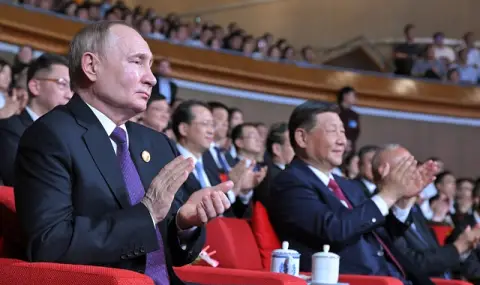
The realization of a similar missile attack warning system would significantly enhance China’s nuclear deterrent capabilities, diminishing the U.S.’s advantage in this area. The 2020 TASS report states that China and Russia made certain progress in setting up the system but shared no specific timeframe for completion. In 2023 and 2024, China and Russia had missile defense talks, but there is no information available that would verify if they focused on advancing the construction of the missile defense system.
Submarine Development
The two sides also cooperate on submarine development. In 2020, Russian state media announced that Moscow and Beijing were working on a new generation of non-nuclear submarines. Considering the project’s sensitivity, few details were shared.
An analysis speculated that the cooperation may involve “giving a Chinese submarine Russian sonar and weapons, or fitting a Russian submarine with a China-made battery” and air-independent power system. The goal of the Sino-Russian project is unclear, but non-nuclear submarines are cheaper to develop than their nuclear counterparts, so the two sides could increase their fleet at a lower cost. Alternatively, they can also reap economic benefits from the project by selling the submarines to other nations.
The collaboration in this realm goes beyond non-nuclear submarines. According to a 2023 report, China relied on Russian technology to improve the quietness of its new Type 096 nuclear ballistic missile submarine. The submarine is expected to be operational by 2030. The activities of this vessel are going to be more difficult to detect than those of the Type 094s, which China routinely uses to stage nuclear deterrence patrols.
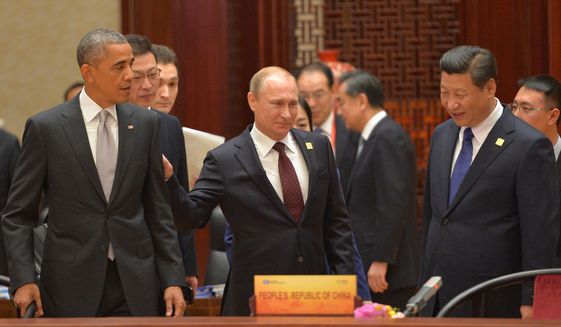
Furthermore, a 2025 analysis hypothesized that China’s Type 041 hybrid-nuclear submarine may have received Russian technical support. This submarine reportedly has a nuclear battery air-independent power system that keeps the submarine charged continuously. This design has operational advantages — extended submerged endurance with transit speed of 9-10 knots, and enough electric power to host a comprehensive atmospheric control system, among others — that make it well-equipped for area denial, intelligence, and mining missions.
Advanced Heavy Lift Helicopters
China and Russia are also jointly developing an advanced heavy lift helicopter — a helicopter that falls within the 40-ton weight class, has a capacity of transporting 15 tons on an external sling, a range of 630 kilometers, and a top speed of 300 kilometers per hour. The Aviation Industry Corporation of China (AVIC) and Russian Helicopters agreed on the development of the vessel in 2021, and the first flight is expected in 2032.

Such a helicopter can transport troops, armored vehicles, rockets, and artillery. At the same time, it can be used for civilian purposes as well, such as airlifting heavy engineering vehicles to inaccessible sites in natural disasters. If the project is completed, China will have helicopters ranging from the 500-kilogram class to the 40-ton class.
Conclusion
Xi and Putin committed to enhancing their strategic coordination to counter what they see as challenges to global strategic stability, such as the prospective expansion of U.S. missile defense systems across the globe and Washington’s willingness to use its military might abroad.
Against this backdro p, the two sides’ military-technical cooperation is likely to deepen going forward. This means more dual-use items for Russia, quieter Chinese submarines and stronger helicopters, as well as a state-of-the-art missile attack warning system possessed by Beijing. China and Russia see these steps as enhancing their security, but they may have the opposite effect and trigger an arms race with the U.S., as Washington is likely to take further steps to maintain its military dominance. In turn, this dynamic could further strain global security architectures and complicate efforts toward strategic arms control and international stability.
p, the two sides’ military-technical cooperation is likely to deepen going forward. This means more dual-use items for Russia, quieter Chinese submarines and stronger helicopters, as well as a state-of-the-art missile attack warning system possessed by Beijing. China and Russia see these steps as enhancing their security, but they may have the opposite effect and trigger an arms race with the U.S., as Washington is likely to take further steps to maintain its military dominance. In turn, this dynamic could further strain global security architectures and complicate efforts toward strategic arms control and international stability.
- Previous Nitazenes replacing Fentanyl: Trump: China of “actively sustaining and expanding the business of poisoning our citizens”
- Next Non-Allgnment 77, 3rd World + 2nd World vs West: Ukraine gets too costy – Now Indonesia + Vietnam



